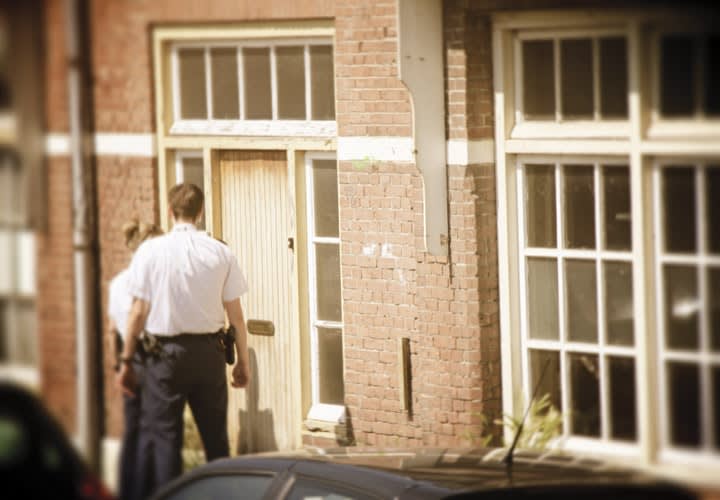Warrants offer heightened protection against civil liability. (Messerschmidt v. Millender) Residents may be less likely to resist an entry and search authorized by a warrant, and a prosecutor may be more likely to file criminal charges where the critical evidence was seized under a warrant. Therefore, a prudent rule-of-thumb is to get a search warrant whenever possible.
But sometimes, waiting for a warrant may mean that occupants become aware of your presence and destroy the evidence before the warrant arrives. Recognizing this, the U.S. Supreme Court has said in a series of cases that under limited circumstances, law enforcement officers may make a warrantless, nonconsensual entry while other officers are applying to a magistrate for a search warrant. This is often called an "entry to secure."
SEGURA v. U.S.
A drug task force had Andres Segura and others under surveillance for several weeks and watched them make street drug sales while operating from Segura's apartment. Officers followed and arrested one customer, flipped him, and obtained sufficient PC for a search warrant. While one officer returned to the station to complete a search warrant affidavit and application, other officers went to Segura's apartment building. As Segura returned home, he was intercepted and escorted to his apartment. Officers entered without permission, finding four people inside.
All of the occupants were arrested and taken to DEA headquarters. Two agents remained inside Segura's apartment awaiting arrival of the search warrant. The warrant was issued and a search conducted, resulting in the seizure of three pounds of cocaine, $50,000 cash, and other evidence. Segura moved to suppress all of the evidence, arguing that the initial, warrantless entry by officers constituted an unlawful seizure of his apartment and all of its contents, and that this unlawfulness was not cured by subsequent issuance of the warrant.













